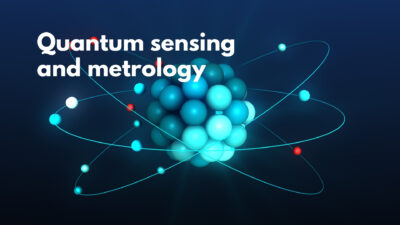**Quantum Computing Standards and the Future of Technology**
Physicist Corey Stambaugh, chief of staff at NIST’s Physical Measurement Laboratory, discusses the importance of quantum science in modern society. Quantum builds on 20th-century technologies like lasers and atomic clocks to enable new possibilities in computing and communication.
**Key Points:**
1. **Quantum Science Fundamentals**: Quantum explains the behavior of particles at an atomic scale, often going against our intuition.
2. **Research Applications**: Researchers are using quantum science to develop quantum computers that can solve complex problems like designing new drugs or developing materials.
3. **Measurement Techniques**: Quantum is enabling more compact approaches to magnetoencephalography (MEG), a technique used to understand brain function.
4. **Superposition and Entanglement**: Two key behaviors in the quantum realm allow particles to exist in multiple states simultaneously or be linked across vast distances.
**NIST’s Role:**
As the national metrology institute for the U.S., NIST has a critical role in advancing quantum science. The organization contributes expertise from decades-long research experience with precision measurement techniques.
**Future Outlook:**
Large-scale quantum computers capable of solving real-world problems are expected to become commonly available within five years, pending resolution of significant challenges still ahead.
In summary:
The article highlights NIST’s leadership role in advancing quantum science through precise control over qubits (quantum analogs) essential for building reliable standards for kilogram redefinition as well as development potential future large-scale super-computers which may have wide-ranging impact including medical imaging & drug discovery
Keywords: Quantum, Superposition, Entanglement




